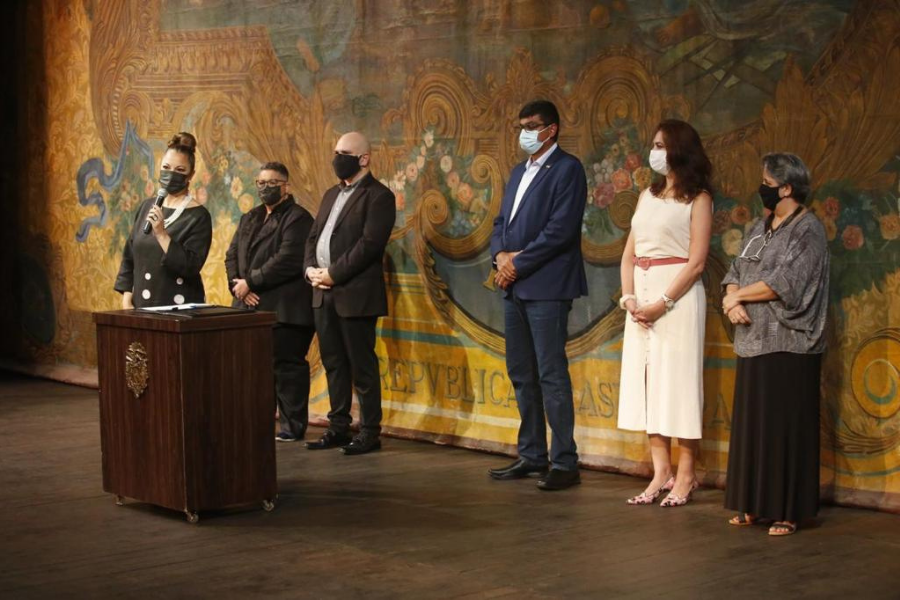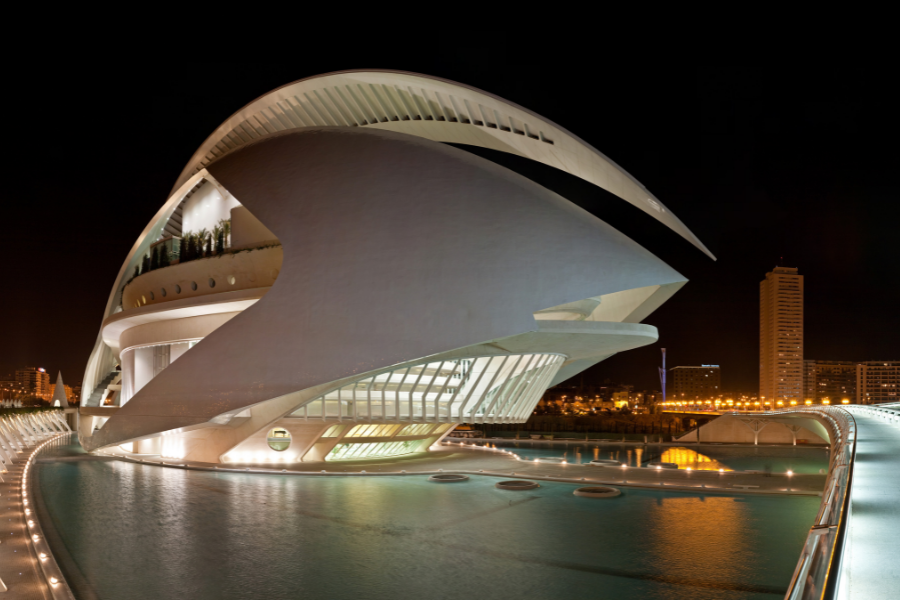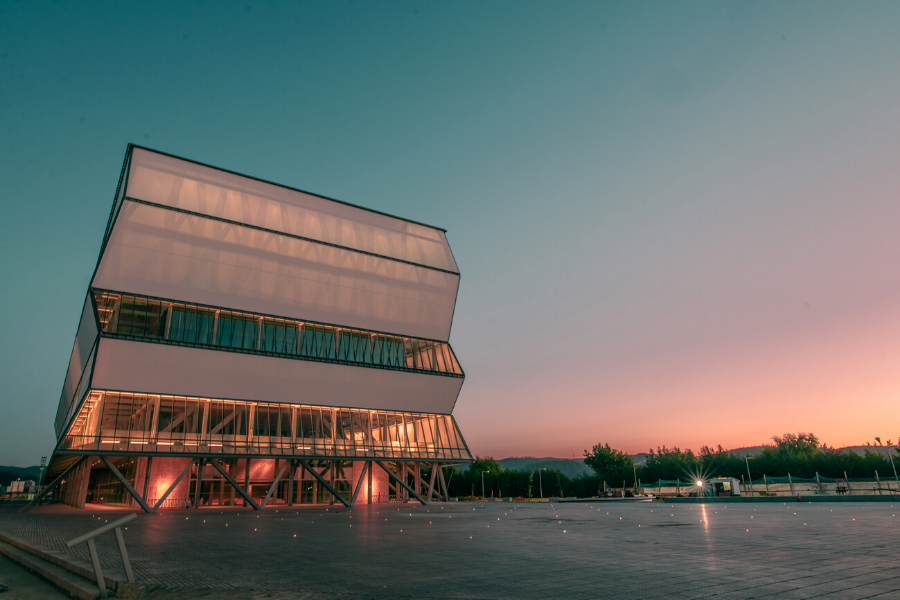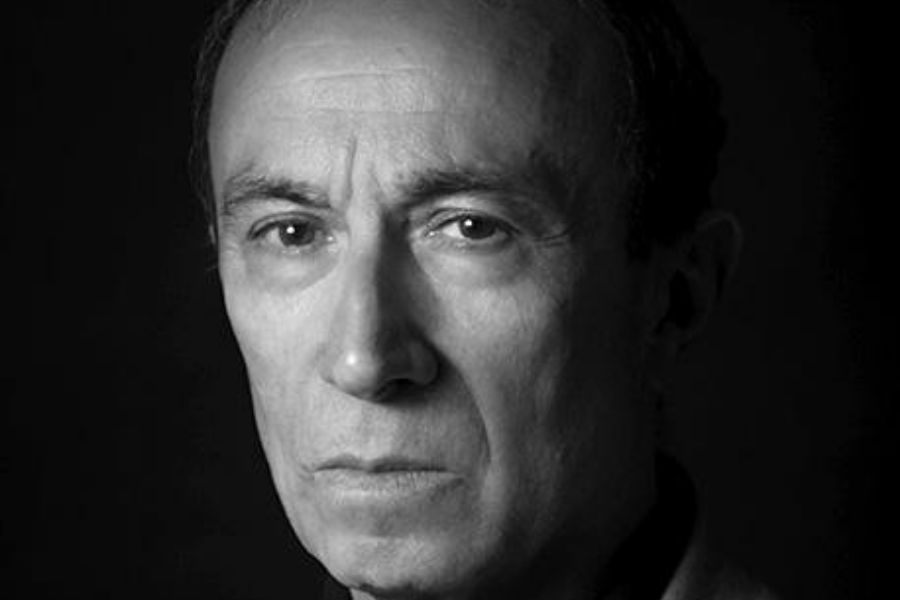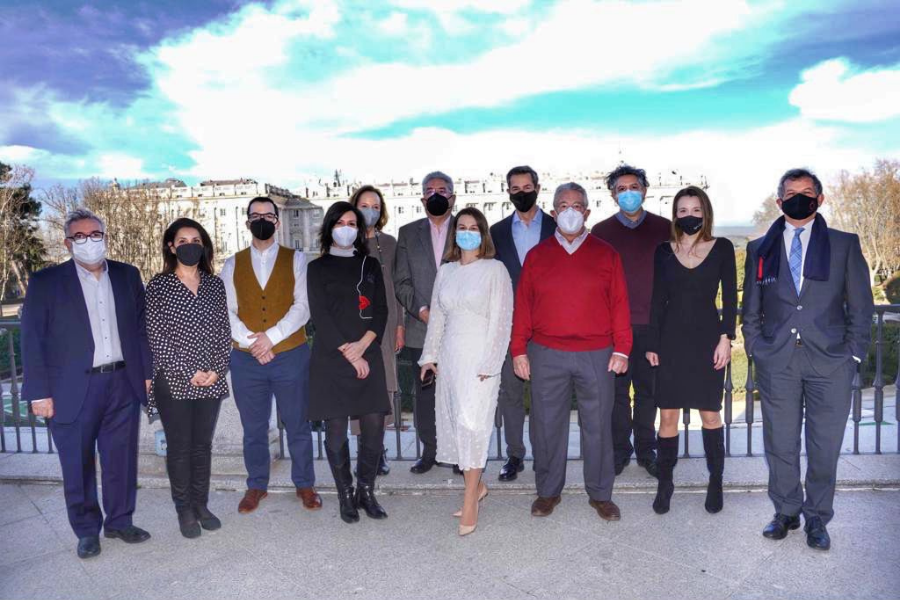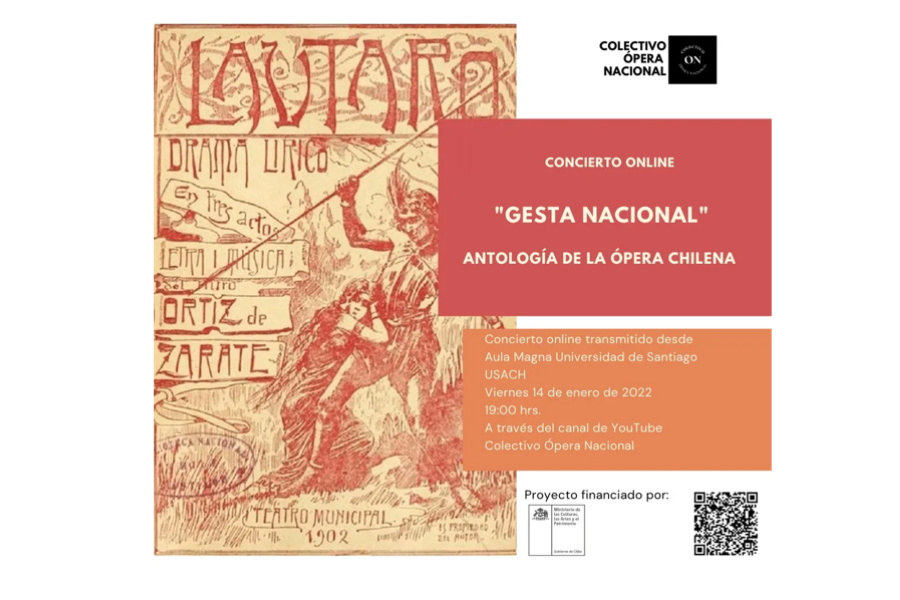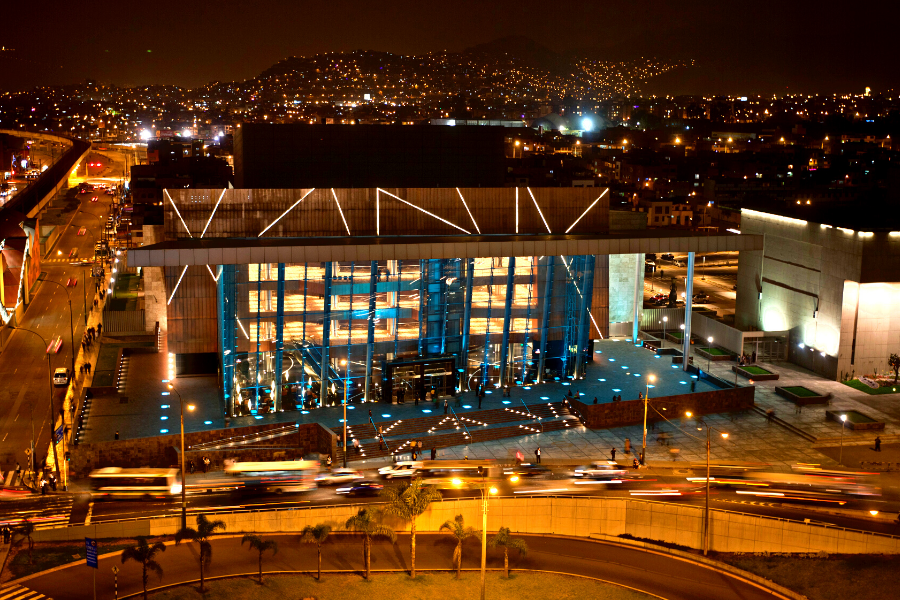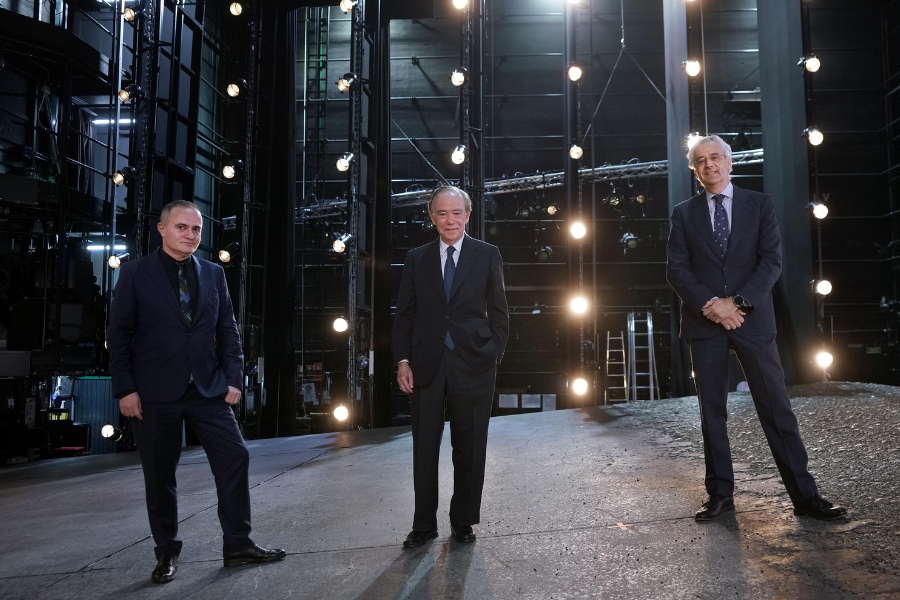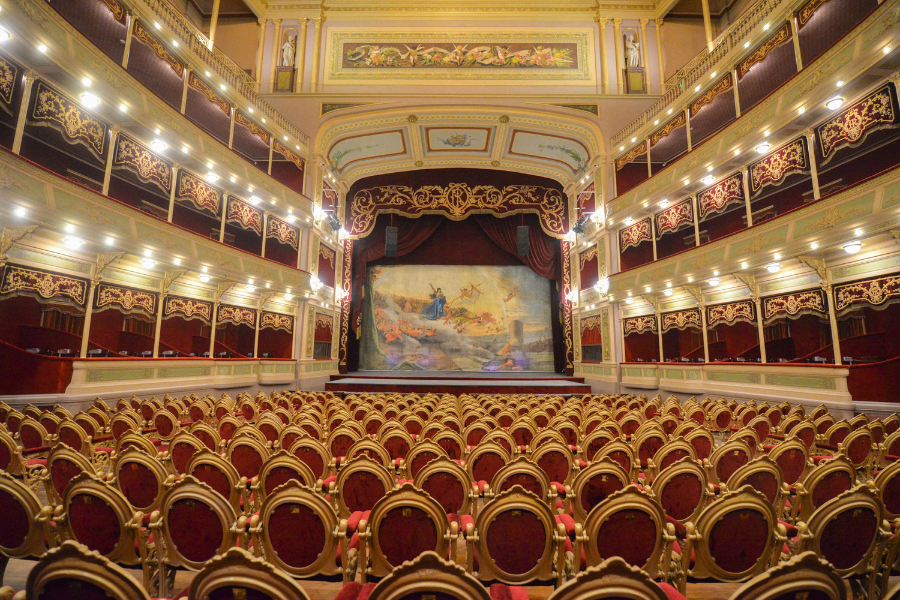(ES) El acto se celebró con la representación de la ópera Las Bodas de Fígaro, estrenada en el Theatro da Paz.
(ES) Ópera Latinoamérica (OLA) da la bienvenida al Palau de les Arts Reina Sofía, el principal escenario para la ópera y la zarzuela de Valencia.
(ES) Inaugurado en marzo de 2018, el Teatro Biobío es un espacio que congrega diversos espectáculos y programas artístico-culturales en la región del Biobío, ubicada en el sur de Chile.
(ES) El reconocido maestro y coreógrafo argentino Mario Galizzi será el nuevo Director del Ballet Estable del Teatro Colón, iniciando su tercera etapa al frente de la Compañía.
(ES) El teatro argentino se lleva el Premio a la Mejor Iniciativa de Difusión de la Lírica, mientras que el coliseo colombiano, en coproducción con la Ópera de Colombia, es premiado con la mejor Nueva Producción Latinoamericana.
(ES) La actividad es encabezada por diferentes cantantes líricos chilenos y busca poner en valor el repertorio lírico y rescatar obras que serán registradas por primera vez en el país.
The Gran Teatro Nacional of Peru was inaugurated one night in July 2011 with a ceremony in which the National Symphony Orchestra of Peru, the Canadian soprano Erin Wall and the Italian bass-baritone Ruggero Raimondi performed. In 2012, it opened its doors to the public with an opera-ballet composed by
On December 14th and 15th, the Ópera Latinoamérica Annual Conference was held at Teatro Colón in Buenos Aires, along with the first face-to-face meeting of Argentinian opera houses. More than 45 lyrical organizations gathered in two days of work that installed new guidelines for the sustainability of the lyrical scene management
Internationalization, digitization, an artistic program of excellence, the participation of civil society, the recovery of normality and the commitment to security in the face of the pandemic, are the main lines of the new strategic plan for the Theater approved by the Board of Trustees. Helena Revoredo de Gut, ratified as
Inaugurated in 1891, the Teatro del Libertador de Córdoba was built with the aim of giving the city its own stable cultural hall. Recently, it recovered its former splendor after a remodeling and enhancement of its architecture and tradition. The general director of the institution, Hadrian Ávila, anticipates that "now


